Rajgopalachari Formula, Desai-Liaqat Pact & Wavell Plan
Rajgopalachari Formula
- Rajagopalachari, the veteran Congress leader, prepared a formula for Congress-League cooperation, accepted to Gandhi.
- It was a tacit acceptance of the League’s demand for Pakistan.
- Hindu leaders led by Vir Savarkar condemned the CR Plan.
The main points in CR Plan were –
- Muslim League to endorse Congress demand for independence.
- League to cooperate with Congress in forming a provisional government at centre.
- After the war, the entire population of Muslim majority areas in the North-West & North-East India to decide by a plebiscite, whether or not to form a separate sovereign state.
- In case of acceptance of partition, agreement to be made jointly for safeguarding defence, commerce, communications, etc.
- The above terms to be operative only if England transferred full powers to India.
Jinnah’s Objections
- Jinnah wanted the Congress to accept the two-nation theory.
- He wanted only the Muslims of North-West and North-East to vote in the plebiscite and not the entire population.
- He also opposed the idea of a common centre.
Hence, while the Congress was ready to cooperate with the League for the independence of the Indian Union, the League did not care for independence of the Union. It was only interested in a separate nation.
Desai-Liaqat Pact
- Bhulabhai Desai, leader of the Congress with Liaqat Ali Khan, leader of the Muslim drafted a proposal for the formation of an interim government at the centre, consisting of –
- an equal number of persons nominated by the Congress & League in the central legislature
- 20% reserved seats for minorities
- No settlement could be reached between the Congress and the League on these lines
- But the fact that a sort of parity between the Congress and the League was decided upon, which had far-reaching
Wavell Plan
- A conference was convened by the viceroy, Lord Wavell; at Shimla in June 1945
- Aimed to reconstruct the governor general’s executive council pending the preparation of a new constitution.
Main Proposals
- With the exception of the governor-general and the commander-in-chief, all members of the executive council were to be Indians.
- Hindus and Muslims were to have equal representation.
- The reconstructed council was to function as an interim government within the framework of the 1935 Act (i.e. not responsible to the Central Assembly).
- Governor- General was to exercise his veto on the advice of ministers.
- Representatives of different parties were, to submit a joint list to the viceroy for nominations to the executive council.
- If a joint list was not possible, then separate lists were to be submitted.
- Possibilities were to be, kept open for negotiations on a new constitution once the war was finally won.
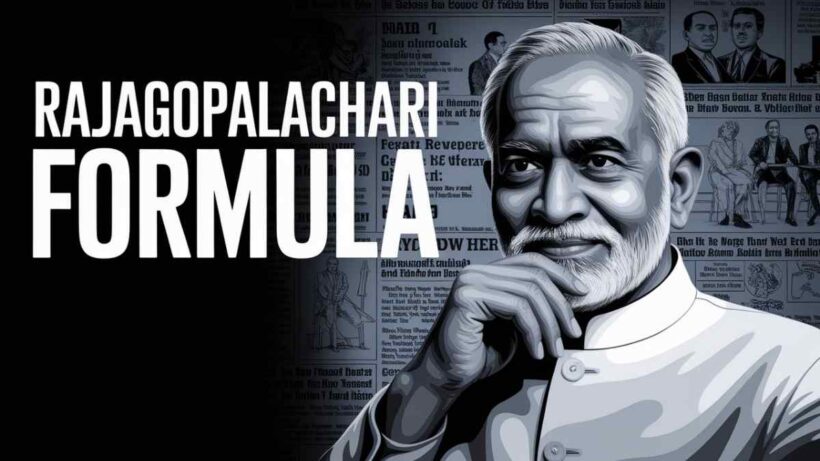

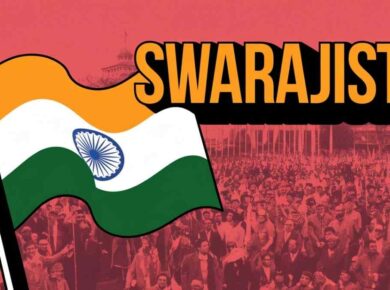
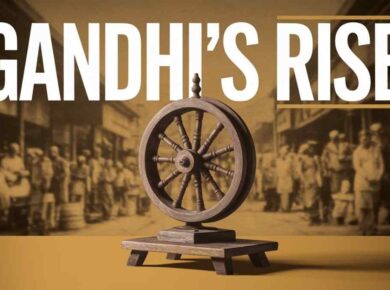
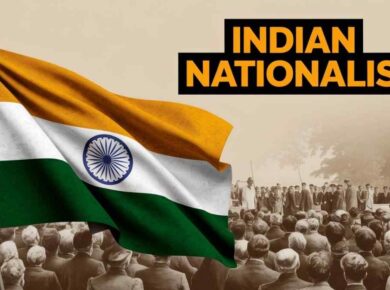
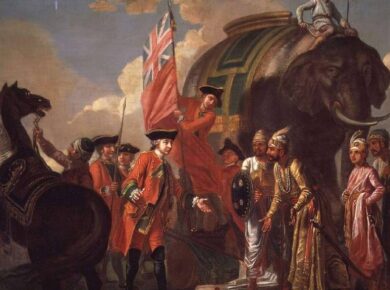
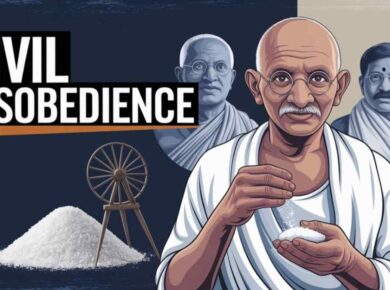
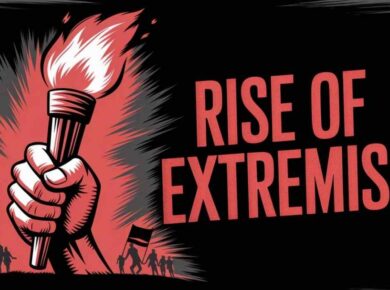

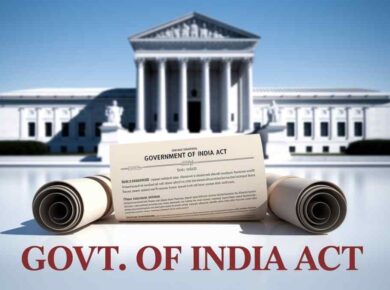
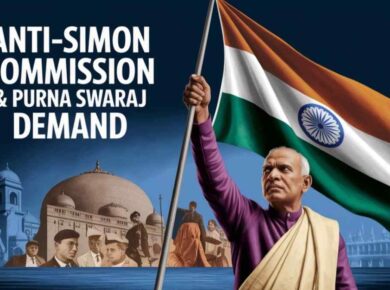
1 comment
thankyou very much to share the knowledge.